What’s it really like being an end-point assessor?

Emily Hughes, a freelance assessor and apprenticeship lead at Bishop Grosseteste University, gives her view on end-point assessing to SDN to help other apprenticeship practitioners decide if it’s a career move for them:
What is involved in end-point assessing?
In terms of mechanics, I am assigned a learner through a central booking system and sent a learner’s portfolio to mark. Once this has been done, I am then given an appointment to conduct a face-to-face or a skype interview with a learner, where I will run through overarching questions (and some sub-questions) to try and tease out the knowledge they have gained on programme.
After the professional discussion, I work back through the recording of the session, to make sure I’ve captured all the insight they provided and mark this information against a grid reference to produce a grade. My work is then uploaded to an electronic system, quality assured, and the final mark sent to the learner. It’s nice to get to use my professional judgement in this way and help people onto the next stage of their career.
Is it rewarding to carry out end-point assessments?
Yes, it is – I love it. It is different to working with a learner over a period of time and helping them progress on-programme, but there is something great about seeing the ‘final product’ and hearing about a learner’s journey to competence.
For example, when you get a portfolio of a learner’s work you can see their skills and knowledge developing through various projects. Or, during professional discussions, as a learner talks, they start to realise for themselves how much they have achieved. In fact, many learners have thanked me at the end of a professional discussion, for putting them at ease, and I’ve had some lovely written feedback from apprentices too.
Do you need good personal skills to help nervous learners through EPA?
Yes. Lots of apprentices are nervous about their professional discussion, and understandably so. To be a good assessor, it’s important to be empathetic and willing to listen to what a learner has to say. The role of the end-point assessor is not to trip a learner up, but to try and help the apprentice show their competence – so creating an environment where people feel comfortable is big part of the job.
I’d say you also need to be confident enough to stop a learner mid flow (during a professional discussion) to bring them back to the question you’ve asked them. You also need great diary management – especially if you’re freelancing for multiple EPAOs or juggling your assessor work with on-programme delivery as I am.
When you’re not end-point assessing, you head up the apprenticeship team at Bishop Grosseteste University. Do you think carrying out EPA helps you in that role too?
100% yes. More often than not, if an apprentice fails their end-point assessment it is because they haven’t been properly prepared by their training provider. For example, there is one training provider whose learners I assess, and I can tell when a particular trainer has been involved because the portfolio is not demonstrating the work as it needs to be. This means each apprentice isn’t getting the marks they are capable of as they are not showing themselves in the best light.
Working as an end-point assessor helps you reflect on your own practice, and in my case, how I can monitor and support our apprenticeship staff to get the best out of their apprentices.
Although end-point assessors can’t provide direct feedback, with my training provider hat on, I can take this lesson onboard and use this to support my monitoring of apprentice EPA grades and if they were low for particular trainers or assessment methods I could quickly implement a CPD plan to rectify the situation.
You were already end-point assessing before you came on SDN’s Level 3 Undertaking EPA course – why did you enrol and what did you get out of it?
Although I was already freelancing as an end-point assessor, I think it’s important to keep up to date with CPD and learn new techniques to deliver end-point assessment fairly and consistently. I knew SDN’s course would be high-quality and the blended learning model suited me as I could work through the material at my own pace.
It was great to get a qualification out of the course as this is acknowledgement and recognition for the ability I have as an end-point assessor. It was also great to network at the face-to-face day with people from different sectors and pick up different methods and views on end-point assessing. It was well worth it!
What’s next for you in terms of end-point assessing?
Having gained a lot of experience and insight from end-point assessing the last few years, I’m actually setting up an End-Point Assessment Organisation as a sub-brand of Bishop Grosseteste University.
The EPAO will be called Awarding UK and will end-point assess Education and Health and Social Care apprenticeship standards from Level 2 to Level 7. We’re aiming to support employers and training providers that are likely to progress learners through the levels. This way the apprentice gets a consistent assessment experience as they move up the career ladder.
As an HEI in our own right, we also have a first-hand understanding of the processes and committee structures universities are bound by, so can design a service that is especially tailored to the needs of HEIs as well as a wide range of other training and employer providers delivering apprenticeships. It’s exciting times ahead!
Emily Hughes, a freelance assessor and apprenticeship lead at Bishop Grosseteste University
Enrol on the SDN Level 3 Undertaking End-point Assessment course to start your EPA journey!
In addition to the qualification, you’ll get insights and advice from our expert team who have worked with over 50 End-Point Assessment Organisations.
Study around your commitments before coming to an insightful, practical, and fun, face-to-face day in London or Leeds.


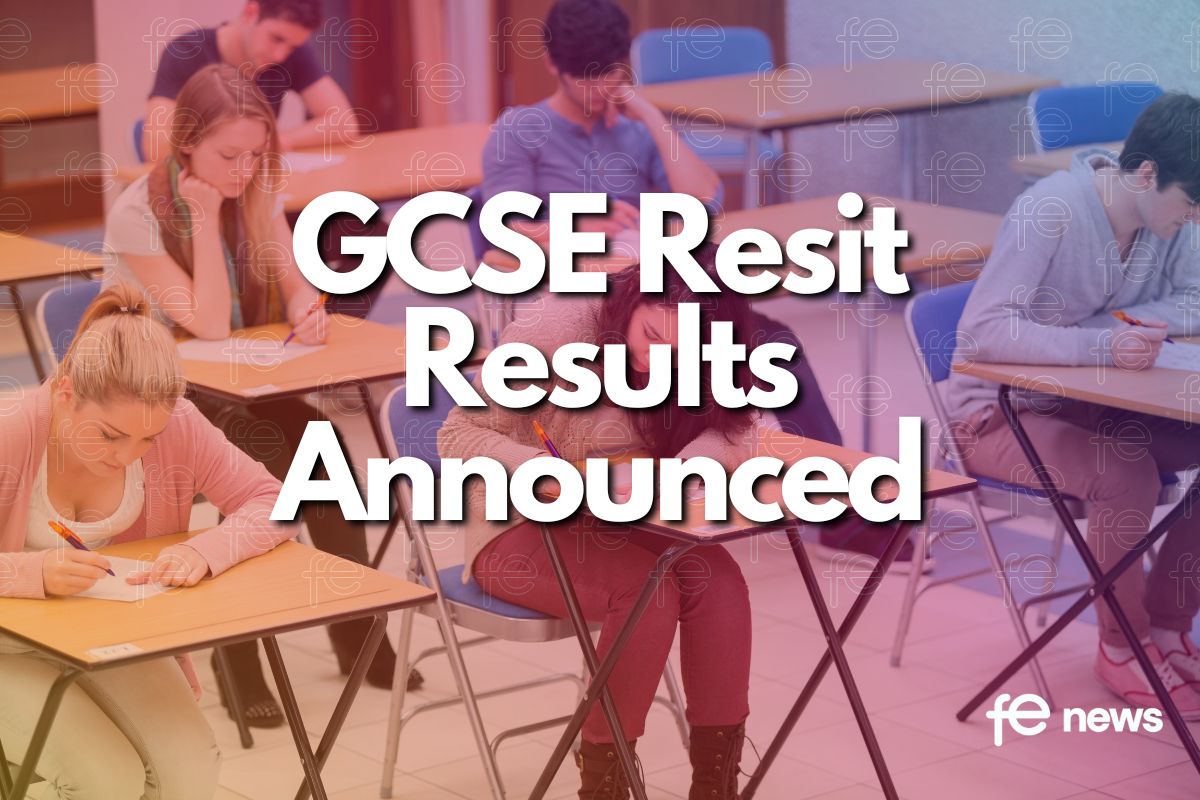


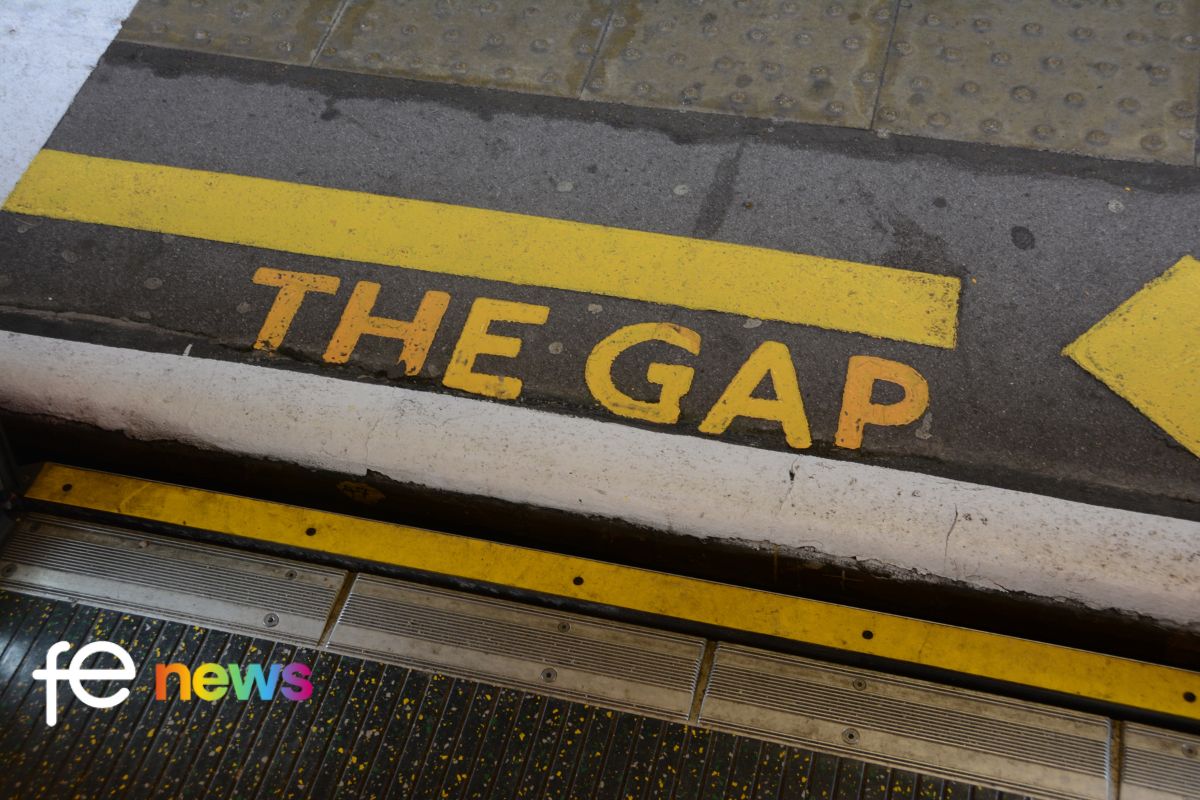
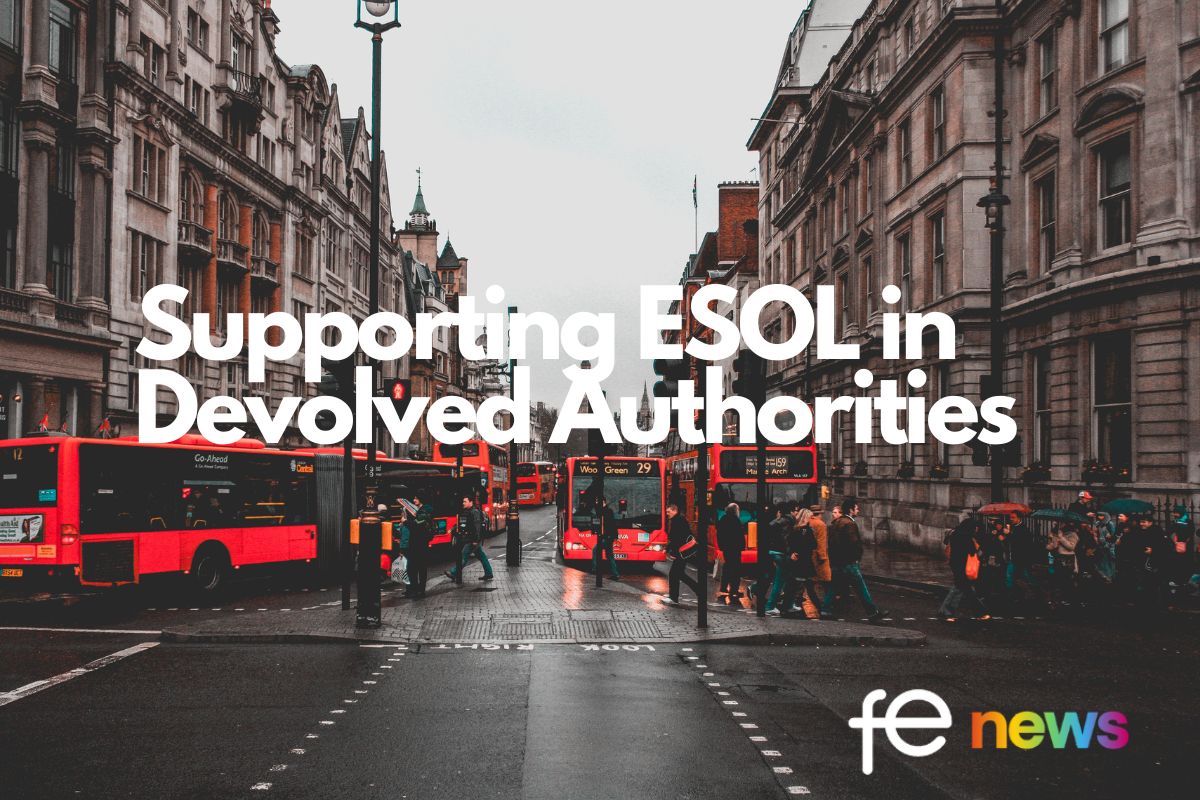
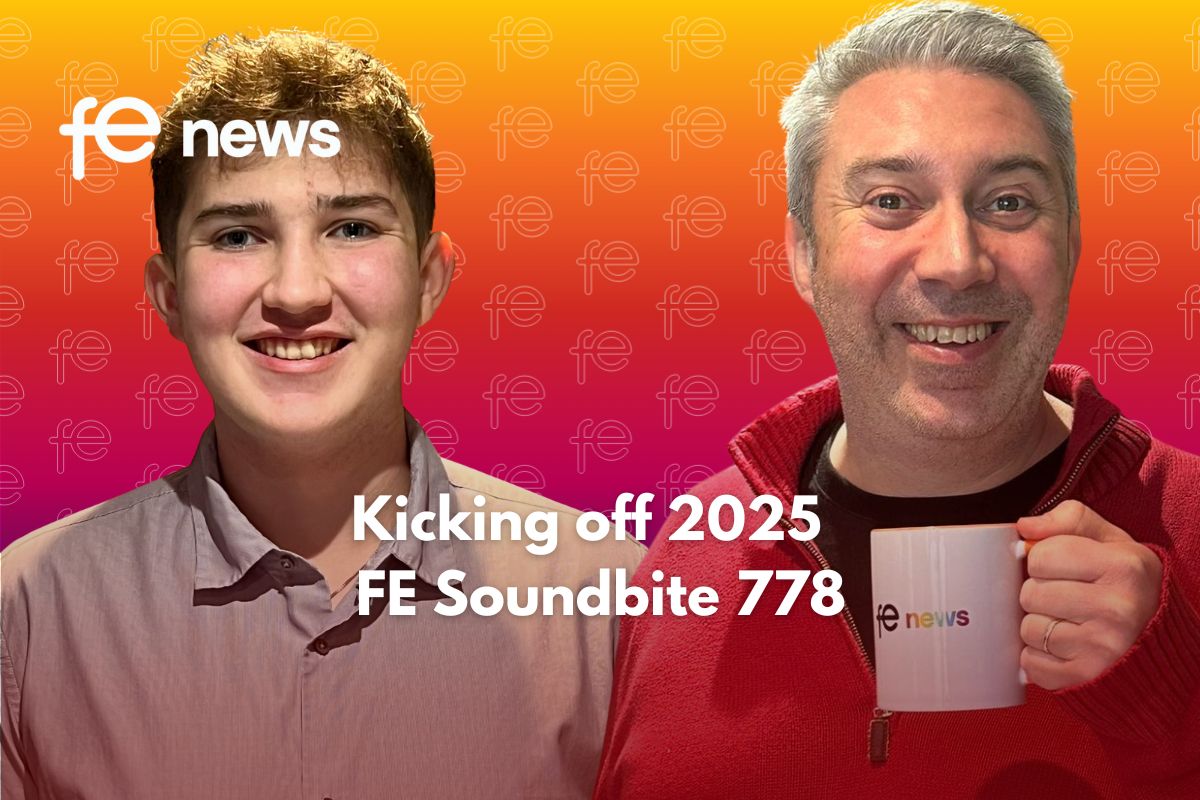

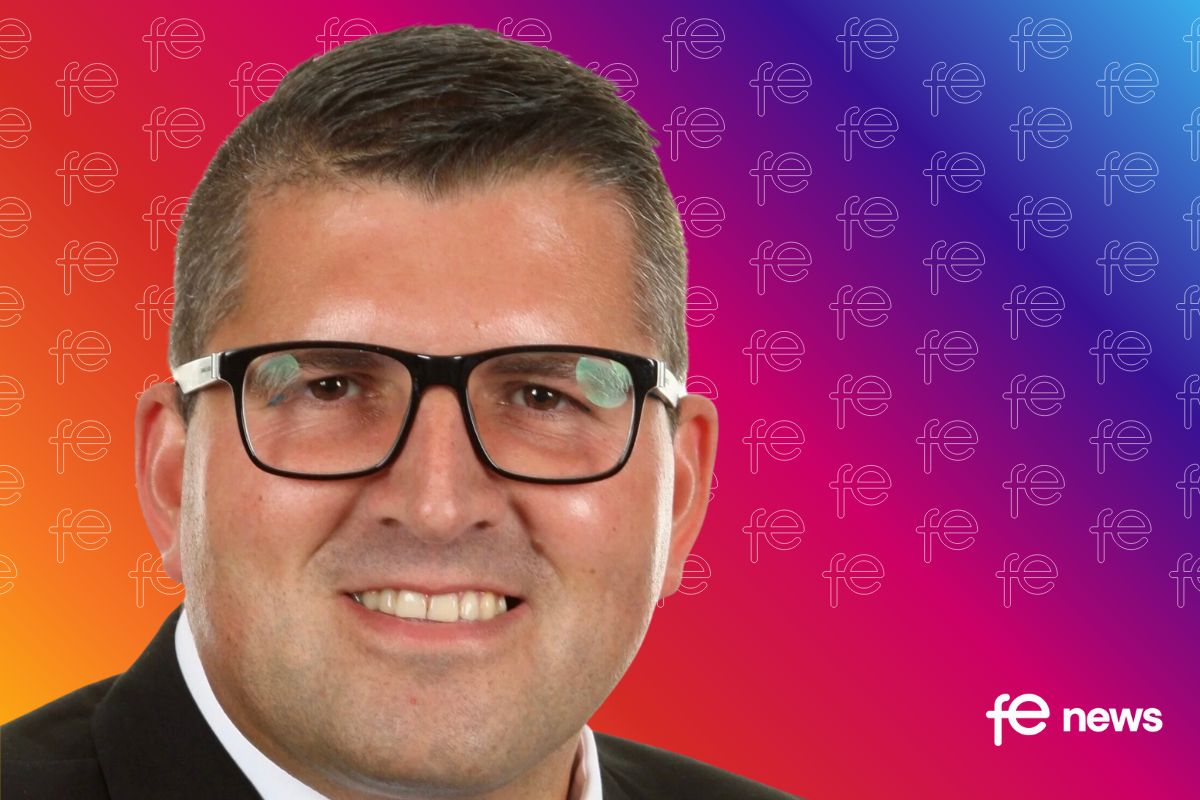

Responses